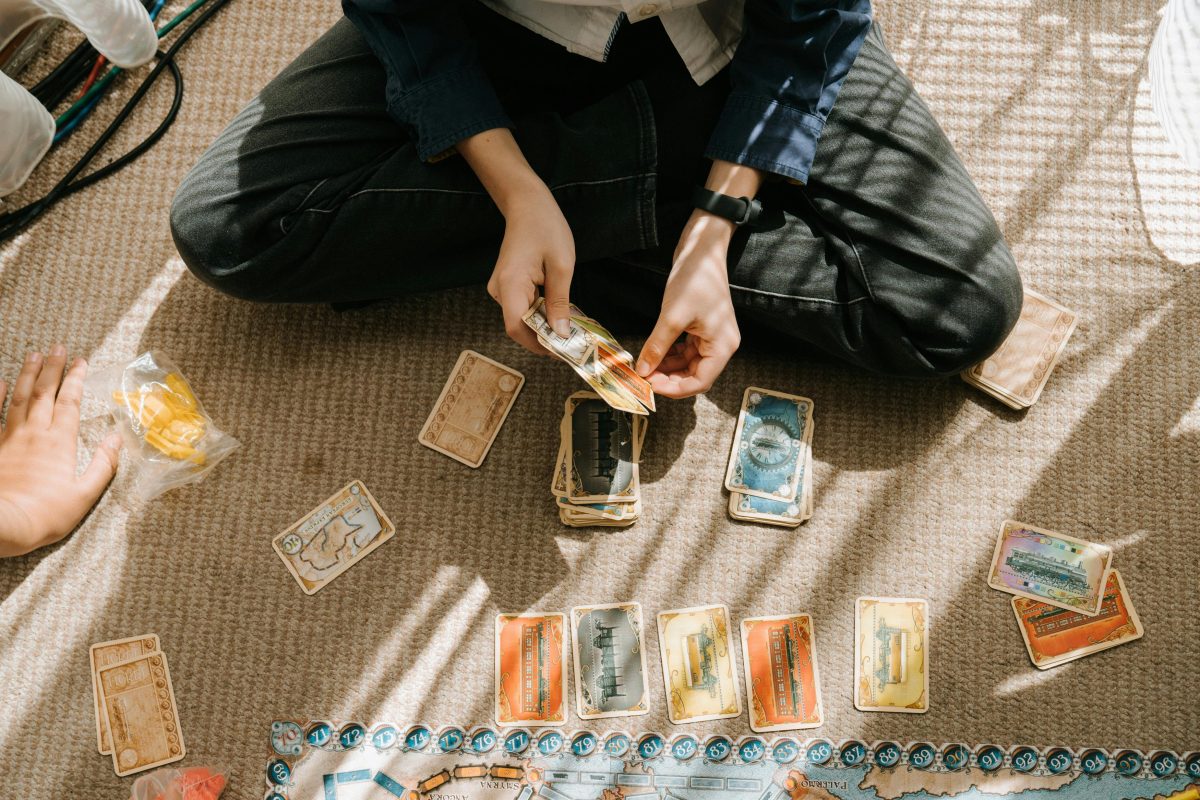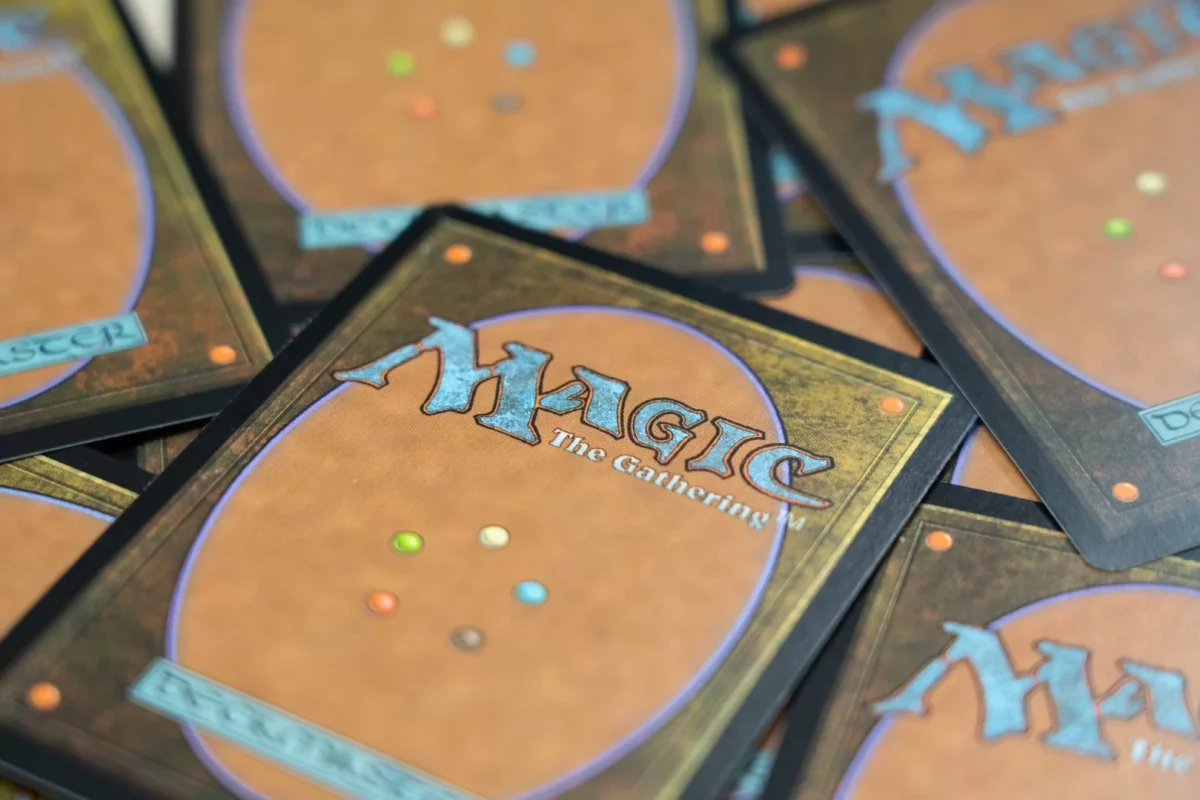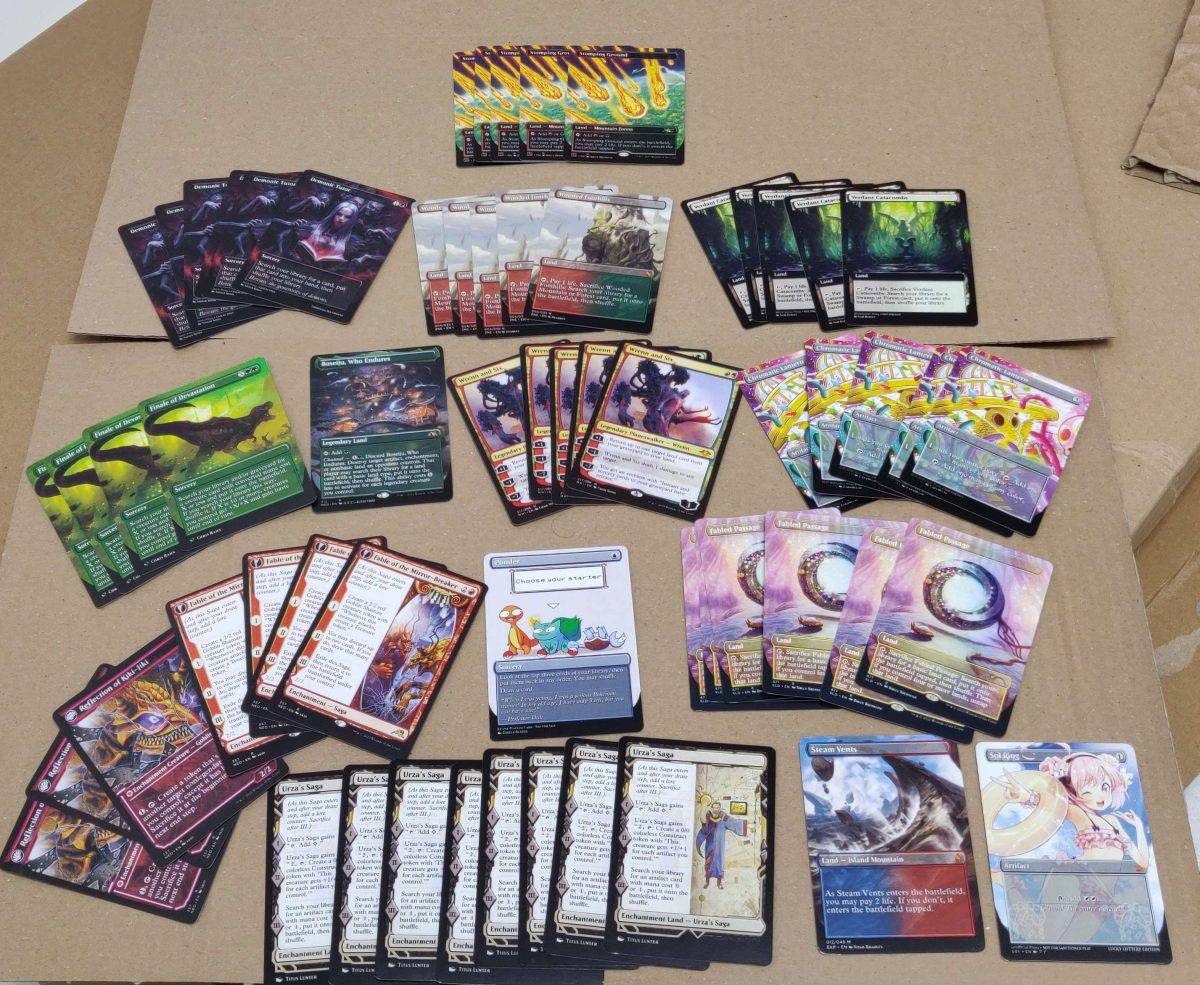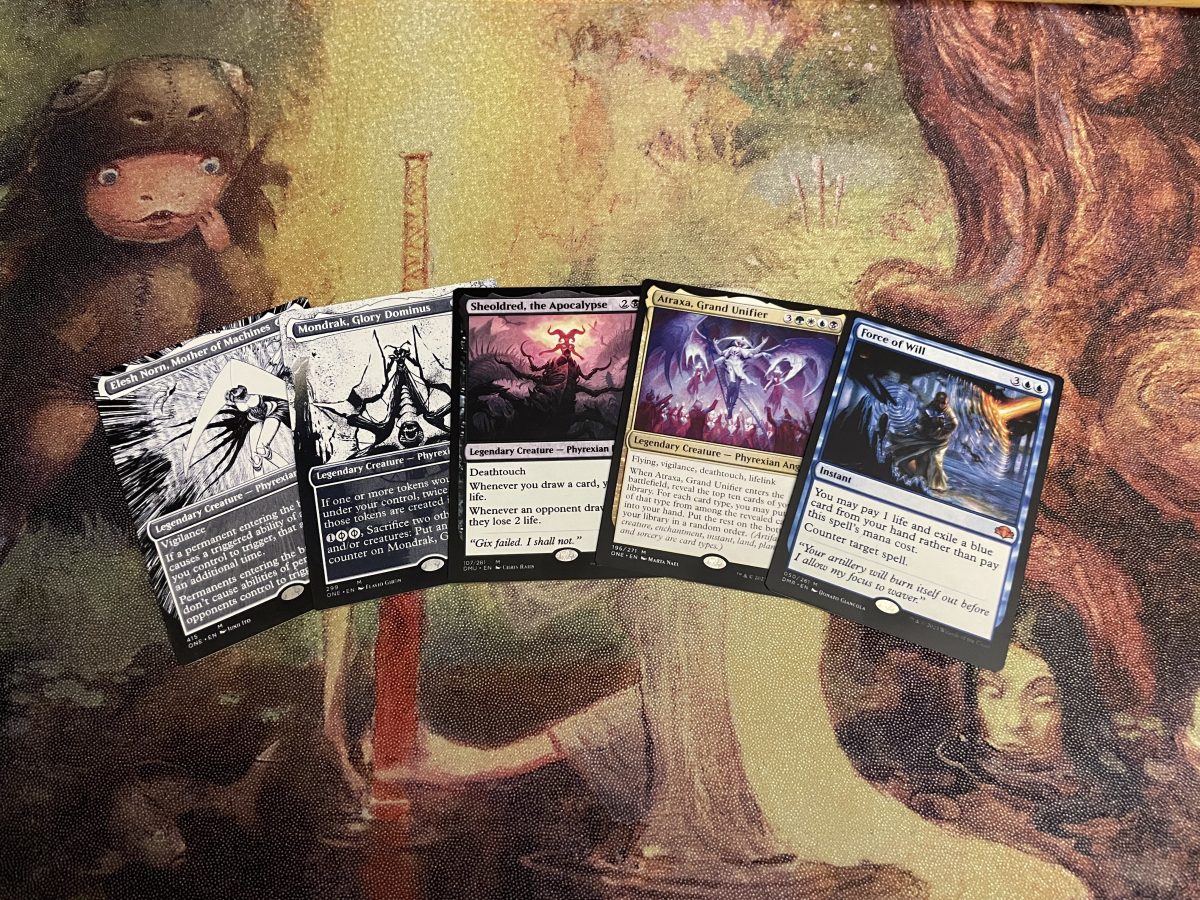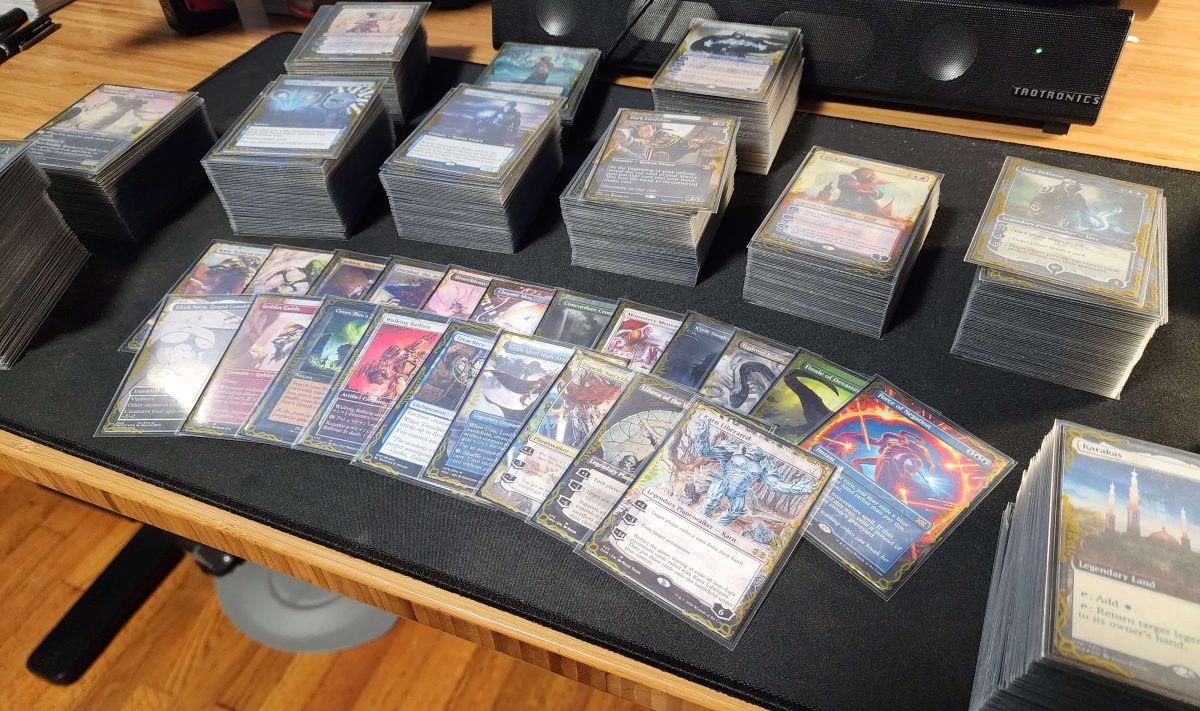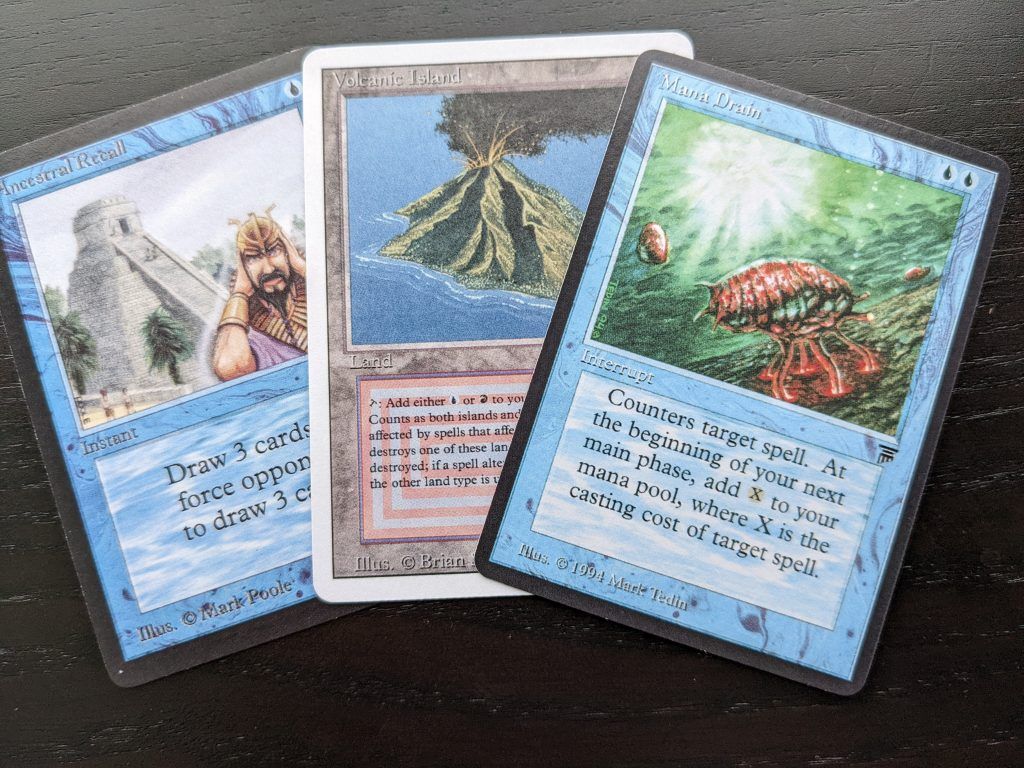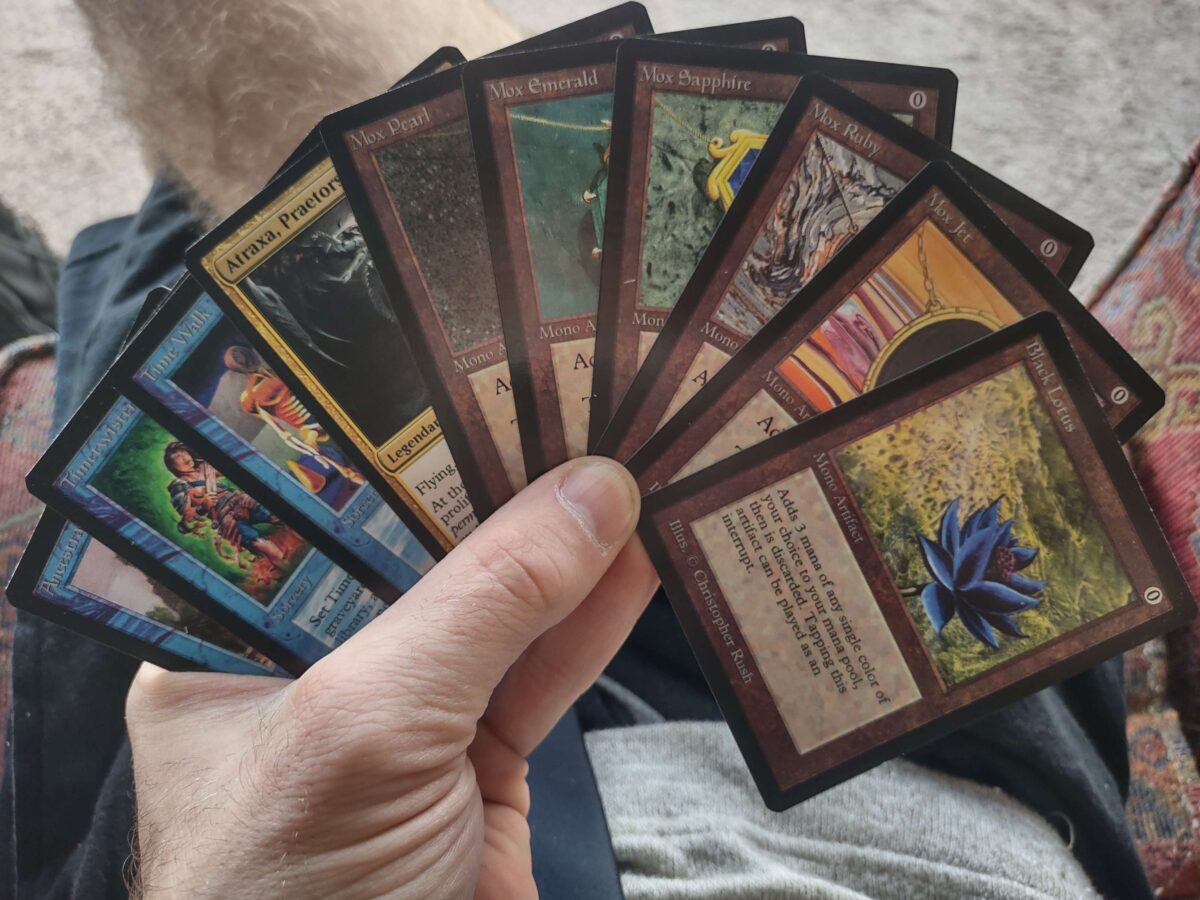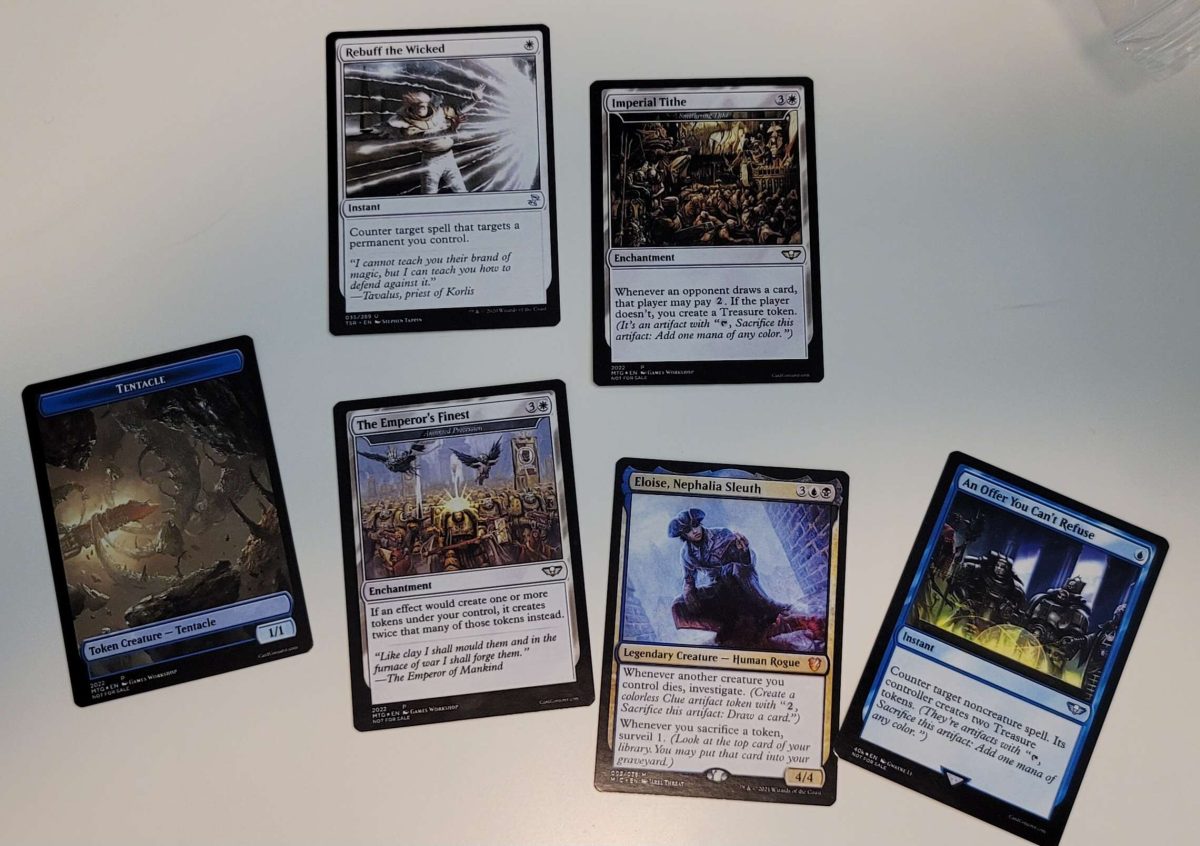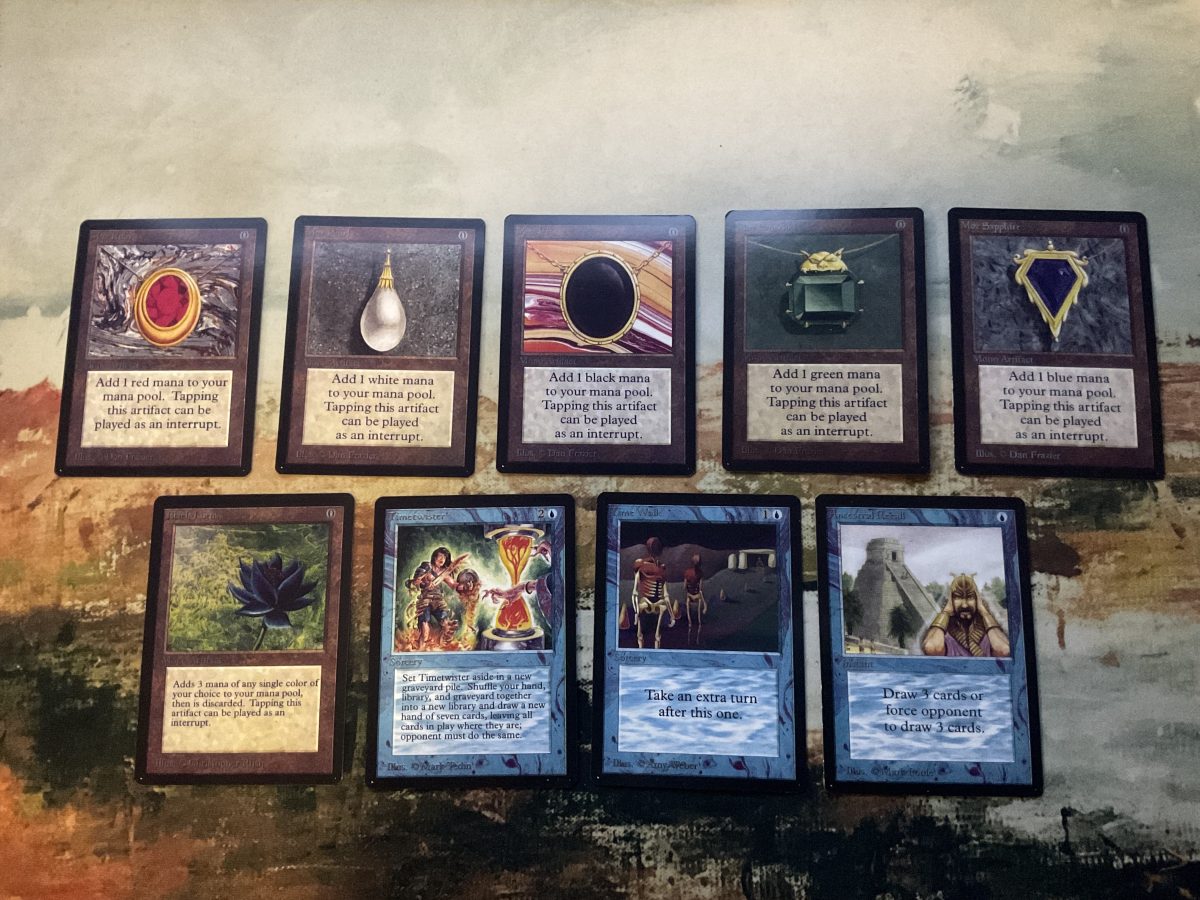The discussion around proxies has been ongoing in the Magic community for years. Some believe that using proxies goes against the spirit of the game, while others argue that they are a necessary part of keeping Magic accessible. The reality is that the use of proxies depends on the context in which they are used. In casual and competitive play, proxies serve as a valuable tool that allows players to enjoy the game without financial constraints.
One of the biggest concerns about proxies is whether they provide an unfair advantage. Some argue that players should only use official cards, as part of the experience of Magic is collecting and trading. However, the game is ultimately about skill and strategy, not just owning expensive cards. A mtg proxies allows players to compete based on their abilities rather than their budget.
Even professional players use proxies when testing new decks. Before investing in expensive cards, they use proxies to determine whether a deck is viable in a competitive setting. This helps them refine their strategies before committing to major purchases. Proxies make the game more accessible without diminishing the importance of real cards.
Another argument in favor of proxies is that they help preserve Magic’s history. Many older cards are no longer in print, making it difficult for players to access certain formats. Legacy, Vintage, and Commander all feature powerful cards that are now rare and expensive. Without proxies, these formats would become increasingly difficult to play. Proxies allow players to experience the full depth of Magic’s history without the financial burden of acquiring hard-to-find cards.
Some players worry about the impact of proxies on the Magic market. The concern is that if too many players start using proxies, the value of real cards could decrease. However, most players who use proxies still value official cards. Many use proxies as placeholders until they can afford the real versions. Others use them exclusively for casual play while still buying real cards for their collections. The reality is that proxies and official cards can coexist without harming the overall market.
Another important aspect of the ethics of proxies is where they are sourced from. Some low-quality proxy makers create cards that look completely different from real Magic cards, while high-end proxy providers aim to replicate the look and feel of official cards. Services like MTGProxy offer professional-quality proxies that help players build decks without breaking the bank. While some argue that proxies should be easily distinguishable from real cards, the purpose of high-quality proxies is to enhance the play experience without sacrificing authenticity.
Ultimately, the ethics of proxies depend on how they are used. If a player tries to pass off a proxy as a real card in a competitive setting where proxies are not allowed, that would be unethical. However, in casual games, testing, and community events where proxies are accepted, they provide a valuable way for players to enjoy the game without financial limitations. The Magic community is increasingly recognizing that proxies can be a positive tool for keeping the game accessible and fun for all players.
As Magic continues to evolve, proxies will remain a key part of the conversation. The demand for high-quality proxies is growing as more players look for ways to experience the full depth of the game without spending a fortune. Companies like MTGProxy provide an affordable and practical solution, allowing more players to enjoy Magic to its fullest potential. Whether for casual play, testing, or exploring older formats, proxies serve an important role in making Magic an inclusive and enjoyable experience for everyone.
 Custom Gallery
Custom Gallery Proxy Booster
Proxy Booster Discord
Discord